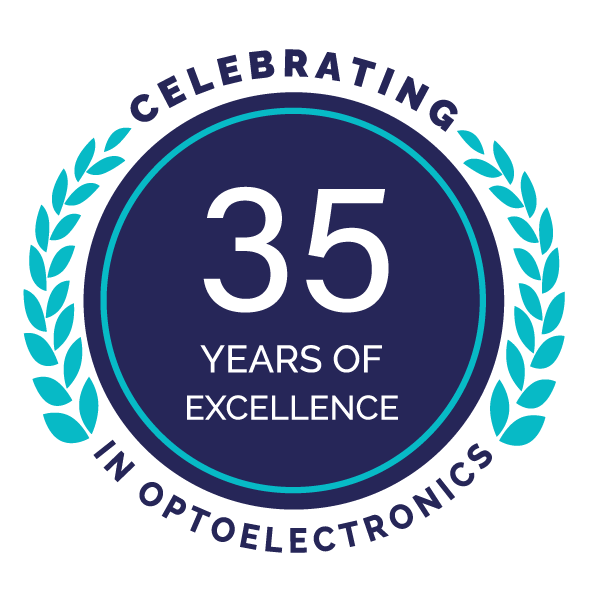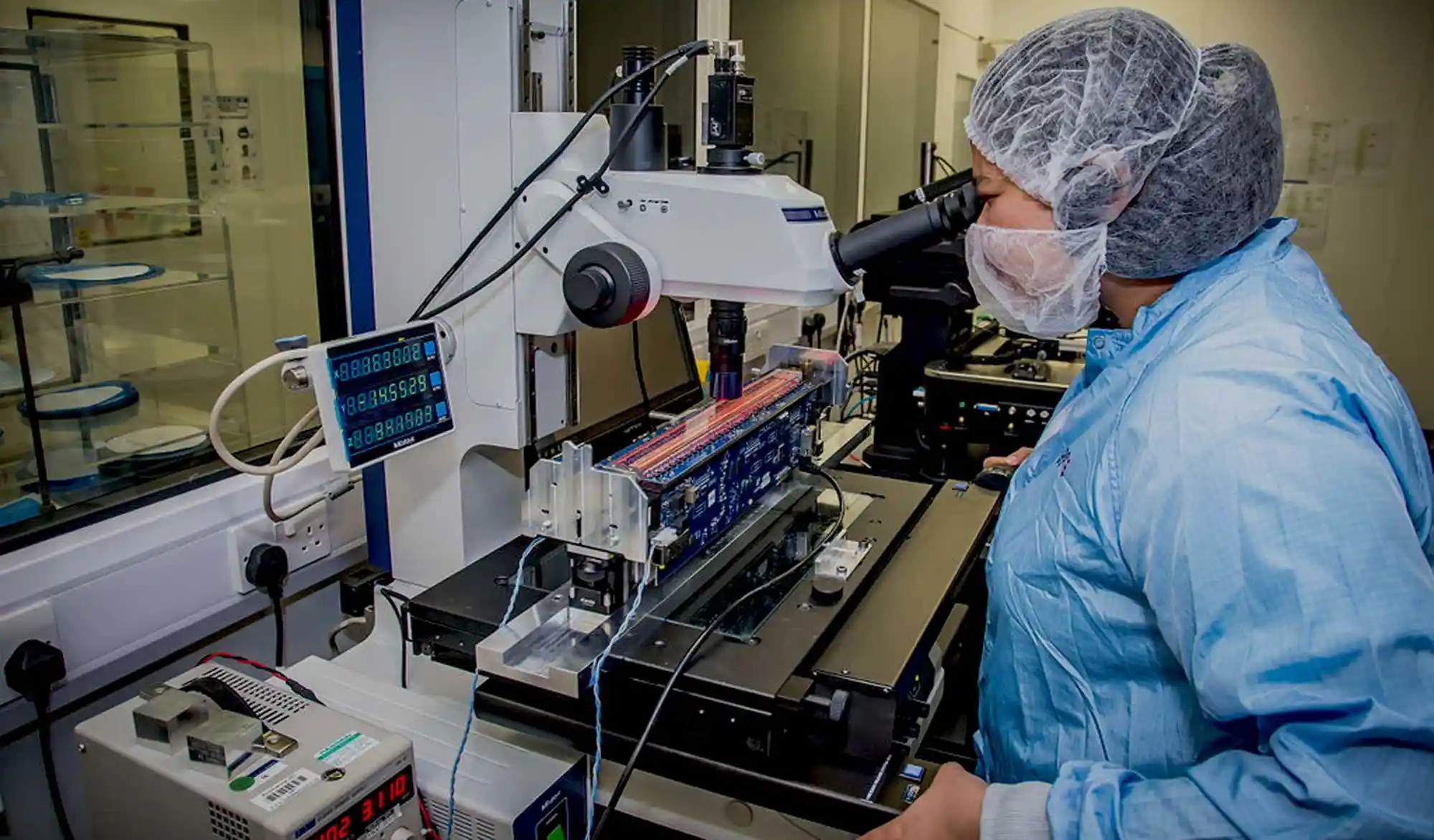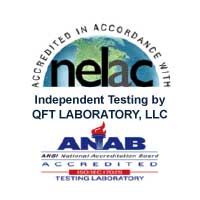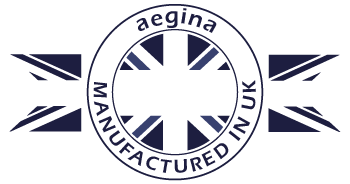Water is one of the most essential elements of a healthy lifestyle. In recent years, water treatment has become increasingly important due to the presence of bacteria and other contaminants in our drinking water. Fortunately, there are solutions to help us keep our water safe to drink. Ultraviolet (UV) disinfection/water purification is one such solution that has been successfully used for decades. Let’s take a closer look at how this process works and why it’s so effective.
Understanding UV Disinfection/Water Purification
UV disinfection/ UV water purification is a chemical-free method of treating water that uses ultraviolet light to kill microbes or render them inactive so they can no longer cause illness or harm when ingested.
The process begins with UV rays being shone into the water through a special bulb or another source. This UV light has a wavelength that is within the range that is capable of deactivating or destroying microbial organisms in the water.
As the microorganisms pass through these wavelengths, they are effectively destroyed on contact. This purification process effectively eliminates bacteria, protozoa, and cysts like Giardia or E. Coli from water; it eliminates viruses as small as Polio and Hepatitis A from drinking water supplies.
Not only does UV disinfection offer superior protection against toxic materials and reduce health risks but it also provides faster results than other methods such as chlorine disinfection or boiling water.
In addition to its high effectiveness in eliminating pathogens, it is also relatively inexpensive compared to other types of water filtration systems making it a great solution for many homeowners looking for an affordable way to keep their drinking supply safe at all times.
As an effective solution to protect potable drinking water supplies and safeguard public health, UV treatment can be relied upon as an important tool to ensure clean and safe drinking water worldwide!

What’s Inside A UV Water Purifier?
As discussed above UV systems cure energy from UV rays, disinfect and remove germs and other harmful microorganisms that can exist in water. But what’s actually inside a UV water purifier?
Inside, there are essential components such as a power chord, an on/off switch and an indicator UV bulb that will inform you when the device has begun working. There is also a pre-filter which captures large particles and sediment before it reaches the main filter, preventing damage to any internal parts of the machine.
In addition, there may be quartz sleeves surrounding the UV lamp and chambers where the UV light radiates from lamps within these chambers—which is usually considered to be the heart of the purifier – as this is what eliminates bacteria from the water.
Finally, then there is another post filter after this process that filters out any remaining debris or sediment that was missed in Pre-Filter like dirt particles. All of this combines in a small package creating an effective solution for filtering out all harmful toxins and making sure your drinking water remains safe and healthy.
End result: Clear Path To Clean Water! Overall then, we can see just how various components interact together within a modern-day UV Water Purifier. The ease at which potentially hazardous germs can be removed with UV technology makes it an efficient safety net for most households!
When To Use A UV purifier
Before deciding to install one, though, it’s important to understand when using a UV purifier makes the most sense. If you have access to the city or municipally-treated water that meets your region’s health standards, then a UV purifier might not be necessary.
On the other hand, if either you rely on well or rainwater, or if the instances of coliform bacteria in the municipal water are higher than normal, then a UV purifier might be a good idea.
Additionally, UV water purifiers work best when combined with an additional filtration system; this ensures any particles like microplastics are removed from the water before it is exposed to UV rays. Fortunately, most systems come pre-equipped with an integrated filter system for extra protection and peace of mind.
Read More: METS 2022
The Benefits of UV Disinfection/Water Purification
Using UV disinfection/water purification offers several advantages over other methods of wastewater treatment, including chlorine treatment or boiling water.
- For starters, it’s much safer than using chemicals as there are no hazardous materials involved in the process, making it an ideal choice for those who want to avoid using any kind of chemical-based products.
- Additionally, it requires less energy than other forms of water treatment, making it more cost-effective in the long run.
- Finally, since UV disinfection does not alter the taste or odour of treated water as other methods do, you can enjoy safe drinking water without sacrificing any quality.

Limitations In UV Disinfection Systems
Water systems and other treatment processes are vitally important to the quality of our drinking water- water that we use for showers, washing dishes, and various other purposes.
While ultraviolet radiation is just one component of a comprehensive treatment strategy for water, it has the potential to provide effective bacteria control by modifying the structure of bacterial cells, essentially killing and destroying them.
However, there are some limitations to using UV radiation in water systems.
- Firstly, when particles such as sediment or iron build up in a filter system, they can interfere with the effectiveness of UV radiation in disinfecting the water.
- Furthermore, UV radiation does not break down chemical contaminants like gasoline or pesticides; these must be removed through other means such as carbon filtration or reverse osmosis.
- Users must also keep in mind that a UV system requires regular maintenance; lamps must be replaced every 9-12 months or whenever their intensity drops below industry standards.
- Finally, the UV disinfection system is also limited in its ability to penetrate colloids (particles suspended in liquid). Its effectiveness diminishes when targeting debris composed of materials that have natural UV absorption properties.
For these reasons, ensuring an adequate understanding of the limitations of an ultraviolet water system is essential before investing in one.
Read More: The World’s First LED Class A Water Purification System
Conclusion:
All in all, ultraviolet (UV) disinfection/water purification is an easy and efficient way to make sure your drinking water is safe and free from any harmful pathogens that could cause illness if ingested.
With its ability to effectively destroy even tiny organisms like viruses without adding any chemicals or other substances to your water supply, UV disinfection provides an excellent option for those looking for a reliable way to purify their drinking water without worrying about potential health risks associated with chemical-based treatments.
With the right equipment installed properly in your home or business, you can enjoy clean and safe drinking water anytime you need it!













